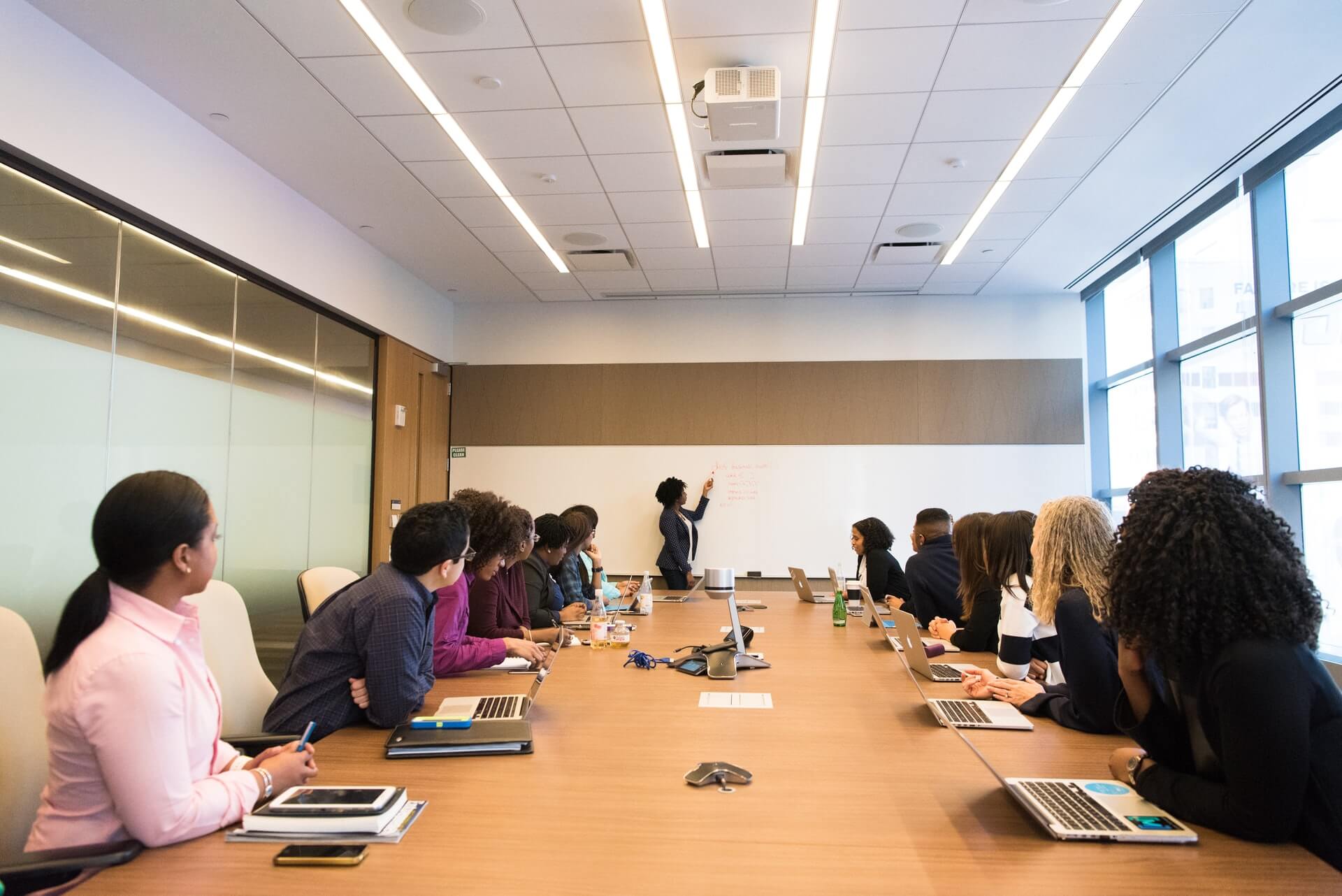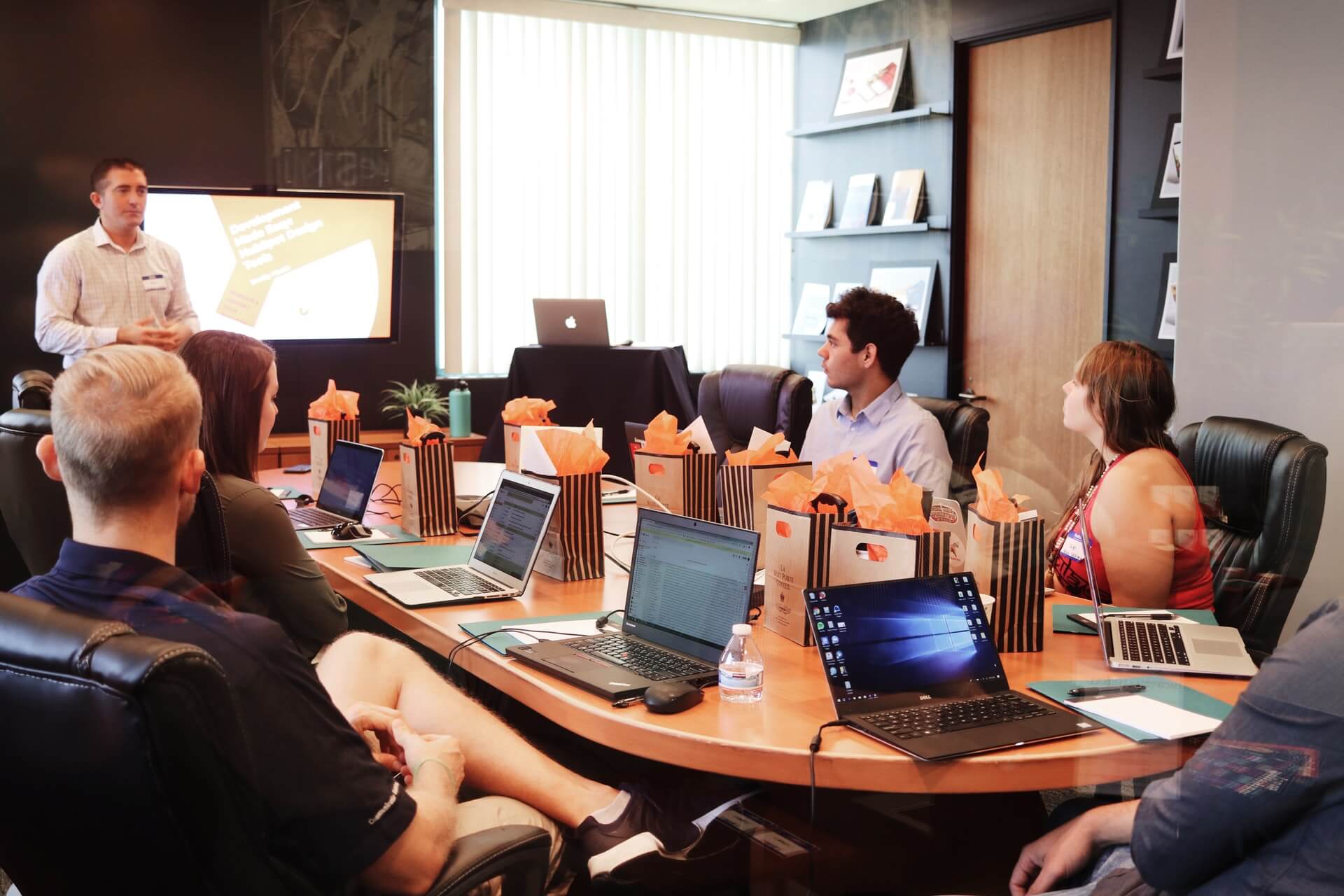Once the “Quiet Phase” has been completed and the various “campaigns” for the Hospital Family are well under way, solicitation can begin in the next group of prospects – corporations, small businesses and the individual prospects assigned to Divisions tasked with obtaining gifts in various specific dollar ranges (i.e., $3,000-$5,999 and/or $6,000-$9.999). But … there is still no public/media mention/evidence of a campaign-in-progress.
In doing your pre-campaign planning/analysis, you would have come up with realistic dollar goals (and, for some, dollar ranges) for each Division … goals that you know, based on research, cultivation and knowledge about the people in each Division, will be attainable.
Only after commitments (from the Quiet Phase, the Hospital Family, and other Divisions tasked with raising significant percentages of the campaign goal) have reached the “Safety Point” (80% or more of the goal has been committed and you know where the rest is coming from) can the Campaign go “public.” But … “going public” doesn’t mean that everything you know must instantly become public knowledge !!
A good rule under which to operate an extended campaign is that you should be able to reach your Campaign Goal without gifts/pledges from the “lower-rated” groups of Individuals, but you proceed with each individual “campaign” until everyone you want to have involved (and everyone who might want to be involved) has become involved.
Remember, no matter how well planned and how well led your campaign might be, there’s always a chance that something can go wrong; and, since the large base of lower-rated prospects is the group you know the least about, you can’t rely on any particular outcome of that “campaign.”
Some years back (too many for me to want to count) in counselling a capital campaign for a hospital, the person recruited to chair the Division responsible for soliciting pledges from $5,000-$9,999 made the decision that all of the people assigned to that Division as prospects weren’t going to be solicited.
We had prepared pledge cards for each of those 150 prospects, the Chair took those pledge cards … ostensibly to assign prospects to his various team leaders and solicitors, then informed the campaign leadership that he wasn’t going to do what he had agreed to do.
It was a good thing we had Plan B in the safe. Luckily/happily, the campaign reached its goal. The point being: The more extensive the Planning Study and the greater the depth of campaign planning, the more likely you’ll be able to ensure success.
=-=-=-=-=-=-=-=-=-=-=-=-=-=
Have a comment or a question about starting or expanding your basic fundraising program, your major gifts fundraising program or a capital campaign? Email me at [email protected]. With over 30 years of counseling in major gifts, capital campaigns, bequest programs and the planning studies to precede these three, we’ll likely be able to answer your questions.










